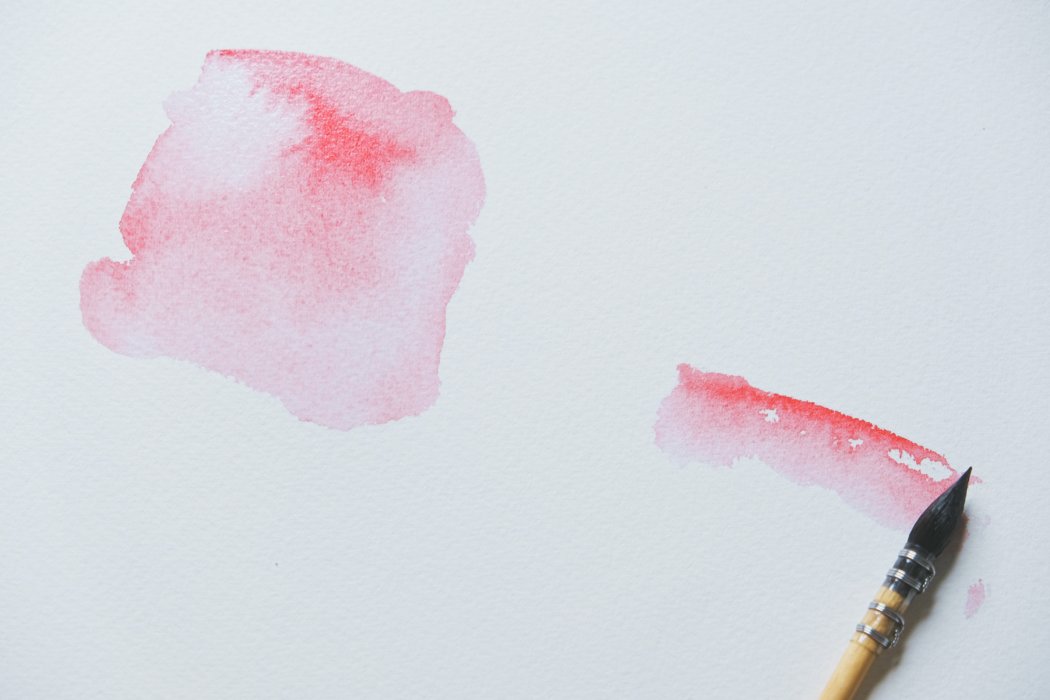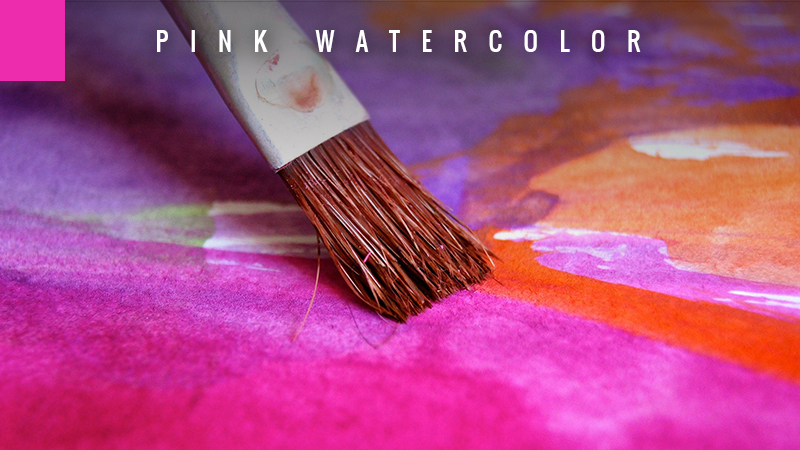How to Make Pink Watercolor for Art Paintings
Want to learn how to mix colors to make a pink watercolor? Stick around as will share the answer along with other interesting facts about the color pink.
Pink is undoubtedly a favorite color for many people, especially those of younger generations. As a matter of fact, it can be seen in most trends today.
From the vibrant tie-dye fashion that’s highly reminiscent of watercolor splashes to pastel hues peppered throughout apartments, it’s no surprise that pink is loved by many.
When you think about this hue, what normally comes to mind may be the cotton-candy skies of sunset, cute piglets running around, tropical flamingos, bubble gum, or ballerinas.
These images are often brought to life by watercolors, bringing out the artistic potential of each image.
If you are interested in learning more about pink watercolor and how you can utilize it in your own work, continue reading…
Making Pink Watercolor
Pink is actually the product of red and white. As you might already know, red is a primary hue, alongside yellow and blue. On the other hand, white is considered the absence of all colors.
It normally falls under neutral tones, together with nude, beige, gray, and black.
Combining white and red is the most basic approach to getting pink. However, there are also other ways you can achieve this tone, particularly when dealing with watercolors.
Bear in mind that varying shades of red can result in different shades of pink as well.
For example, Permanent Alizarin Crimson combined with Titanium White can produce a bright and vibrant pink.
You may also experiment with Alizarin Crimson and add blue or purple to bring about a darker-hued pink such as magenta.
On the other hand, a brick red mixed with white can result in a muted and muddier shade of pink, something akin to that of peach.
Other shades of red that are worthy of consideration when making pink are Permanent Rose and Ruby Red.
Toning down these hues normally relies on black or even brown to bring them down to a more muted and duller color. While this may work, those who work with paint find this approach to be quite overpowering.
To counter the brightness of pink, it’s recommended to work with a complementary color such as blue or green until you achieve your desired outcome.
Feel free to experiment with combining reds with Zinc or Lemon Yellow. Through this, you can create a peachy pink hue or even a pastel tint.
Pink Watercolor Suggestions
Now that you know more about making pink watercolor, you may want to go outside of this often painstaking method.
If you do, you can easily purchase tubes and palettes of pink that will bring your artwork to life. Some of the pink watercolor recommendations that are raved about include:
-
Quinacridone Rose
Quinacridone Rose is described as a loud and electric cool pink. It is striking and perfect for attracting attention thanks to its vibrant and commanding hue.
-
Salmon
With hints of orange, salmon is the best transition hue if you’re scared of going all out with the color orange. It’s muted yet stands out on its own and is lovely for painting floral-colored dresses and other objects.
-
Baby Pink
Baby pink is reminiscent of pastel hues. It is perfect for painting a ballerina’s tutu and other similarly soft, pink tones. It can also help you depict the colors of a sunset in all its glory.
Pink Watercolor in Art and History
In history, pink has been used as a fashionable indicator of wealth and luxury. King Louis XV’s mistress, Madame de Pompadour took a liking to this color, which encouraged a porcelain manufacturer to name a new shade of pink after her.
Rose Pompadour, a bright pink hue, was the namesake of the king’s mistress. However, pink was not considered a color for girls.
Back then, red was seen as a feminine hue, while pink was seen as a boys’ color. Why? Because it is a paler version of red, thus more masculine.
As time passed, this hue became associated with women and femininity after men started to wear dark-colored clothes during the 19th century.
In art and literature, pink has become a staple for describing the color of skin. Because of this, it has also been associated with sexual themes and nakedness.
For a prime example of pink watercolor, take a look at Dante Gabriel Rossetti’s painting titled Lady Lilith. It shows a woman bearing some pinkish skin.
This work was created back in 1867, which is around the time when this hue became associated with flesh and the female body.
Another notable example is Maurice Brazil Prendergast’s work, Large Boston Public Garden Sketchbook: The Huntington Avenue Streetcar, which also uses pink watercolor to show femininity, especially through the dress worn by the woman in the painting.
The Bottom Line
Pink has become a rich source of artistry and craft, especially in the world of art. Using pink watercolor, you can create notable artwork sure to contribute to the legacy of this color.
Read Latest Posts

Hi, I'm Anthony Tran! Welcome to my site. I live in Arizona and am obsessed with all things related to building an Online Business and working from home. Learn about my journey here.
Follow Online




